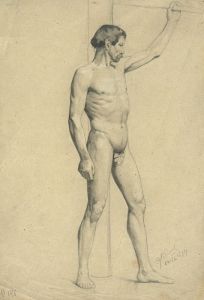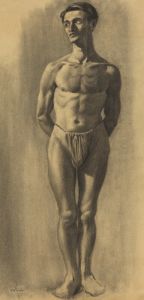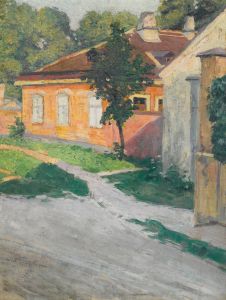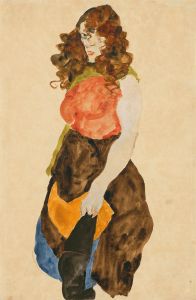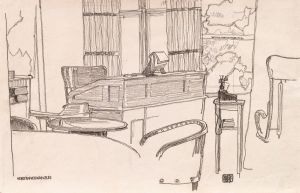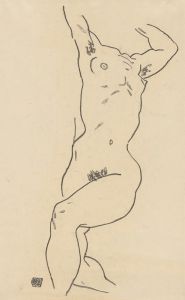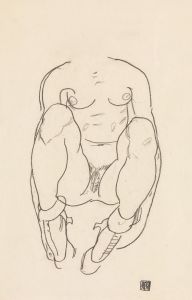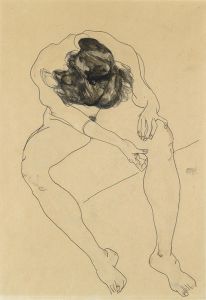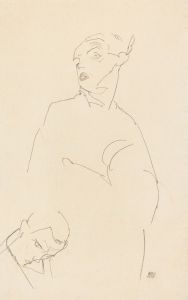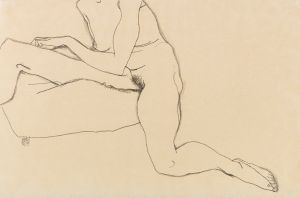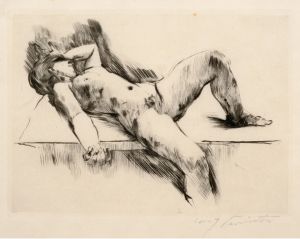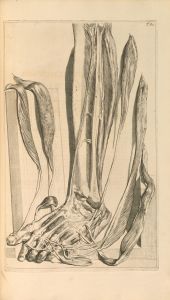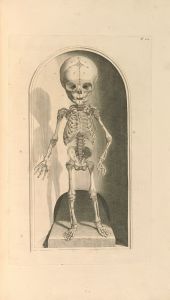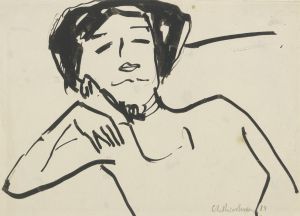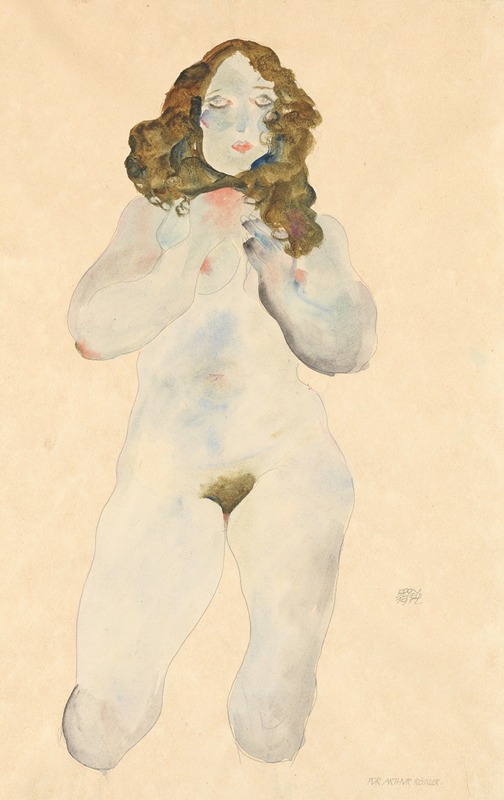
Kniender weiblicher Akt
A hand-painted replica of Egon Schiele’s masterpiece Kniender weiblicher Akt, meticulously crafted by professional artists to capture the true essence of the original. Each piece is created with museum-quality canvas and rare mineral pigments, carefully painted by experienced artists with delicate brushstrokes and rich, layered colors to perfectly recreate the texture of the original artwork. Unlike machine-printed reproductions, this hand-painted version brings the painting to life, infused with the artist’s emotions and skill in every stroke. Whether for personal collection or home decoration, it instantly elevates the artistic atmosphere of any space.
Egon Schiele, an Austrian painter known for his distinctive style and provocative subject matter, created the artwork "Kniender weiblicher Akt" (Kneeling Female Nude) in 1910. This piece is a notable example of Schiele's exploration of the human form and his interest in capturing raw, emotional expressions through his art. Schiele was a leading figure in early 20th-century Austrian art, and his works are often associated with the Expressionist movement, although his style is uniquely his own.
"Kniender weiblicher Akt" is a watercolor and pencil drawing that exemplifies Schiele's characteristic approach to the human body. The artwork depicts a nude female figure in a kneeling position, rendered with bold lines and a striking use of color. Schiele's technique often involved a combination of pencil and watercolor, which allowed him to create a sense of immediacy and intimacy in his depictions. The figure in this piece is portrayed with an exaggerated, almost contorted posture, a hallmark of Schiele's work that emphasizes the emotional and psychological state of his subjects.
Schiele's nudes are known for their candid and sometimes unsettling portrayal of the human body. Unlike the idealized nudes of classical art, Schiele's figures often appear vulnerable and exposed, reflecting the artist's interest in the complexities of human sexuality and identity. In "Kniender weiblicher Akt," the model's pose and expression convey a sense of introspection and vulnerability, inviting viewers to engage with the emotional depth of the piece.
The early 20th century was a period of significant change and upheaval in Europe, and Schiele's work is often seen as a reflection of the anxieties and uncertainties of the time. His art challenges traditional notions of beauty and propriety, pushing the boundaries of what was considered acceptable in art. This often led to controversy, and Schiele faced both legal and social challenges due to the provocative nature of his work.
Despite these challenges, Schiele's influence on modern art is undeniable. His innovative approach to form and his willingness to confront taboo subjects have earned him a lasting legacy in the art world. "Kniender weiblicher Akt" is a testament to Schiele's skill as a draftsman and his ability to convey complex emotions through his art. The piece is part of a larger body of work that continues to be studied and admired for its boldness and originality.
Today, Egon Schiele's works, including "Kniender weiblicher Akt," are held in high regard and are featured in major art collections around the world. His contributions to the development of modern art continue to be celebrated, and his influence can be seen in the work of many contemporary artists. Schiele's art remains a powerful exploration of the human condition, capturing the tension between vulnerability and strength, intimacy and isolation.





